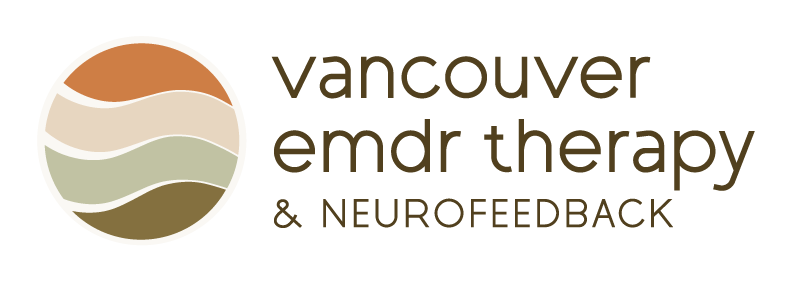 When we talk about trauma healing, we often think about processing emotions, memories, and thoughts. But what if healing begins even before all of that—at the level of the body’s very first response to threat?
When we talk about trauma healing, we often think about processing emotions, memories, and thoughts. But what if healing begins even before all of that—at the level of the body’s very first response to threat?
That’s the idea behind Deep Brain Reorienting (DBR), a newer, neuroscience-informed therapy approach I’ve been deeply drawn to. Deep Brain Reorienting (DBR) was developed by Dr. Frank Corrigan. DBR works with the earliest imprint of our trauma experience—the part that happens before we even know we’re feeling something. It begins with the body registering a threat – milliseconds before our brain has an opportunity to develop thoughts or feelings to interpret the threat. It is a subtle, powerful, and deeply respectful therapy which honors the body’s wisdom.
So, what exactly is DBR?
DBR helps us access and gently process the body’s initial orienting tension a response to something stressful or traumatic. This is the tiny, often unconscious moment where the body first registers something as “not right”—maybe through a shift or widening of the eyes, a small turn of the head, a flicker of tension in the base of the skull.
These early responses live in the brainstem, and they often hold the root of how trauma gets stored. Once the orienting tension has been identified the “file of information” is unlocked which allows shock trauma held in the body to be processed. By slowing down and tracking those sensations before emotion or memory takes over, DBR creates a space where healing can unfold safely and organically.
Why does this matter?
Many people have tried numerous types of treatments to feel better- talk therapy, trauma therapy, self-reflection, medication—and still feel stuck in certain patterns. DBR offers a different door into healing. It’s especially helpful for people who:
- Feel overwhelmed or shut down in therapy
- Have early attachment wounds or developmental trauma
- Experience trauma that feels “beyond words”
In a DBR session, we’re not diving into the full story or forcing emotions to surface. We’re staying with the body’s earliest cues and allowing healing to come from the inside out.
Curious about DBR?
If this approach sounds different from what you’ve tried before—it is. And sometimes, that’s exactly what makes the difference.
Feel free to reach out if you’d like to learn more about how DBR might support your healing journey. We would be honored to walk alongside you.




